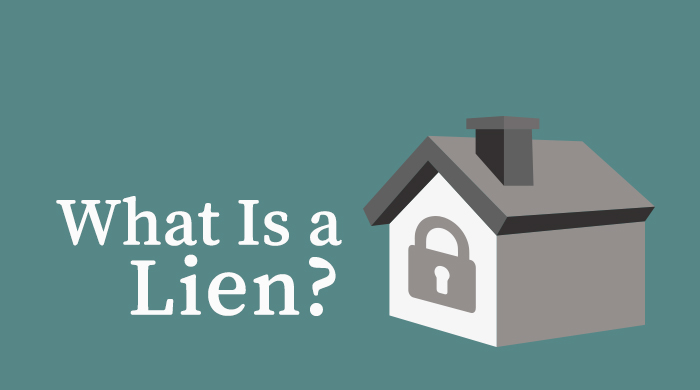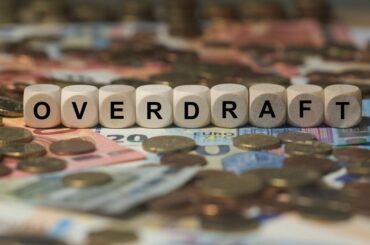Information presented on this web page is intended for informational and educational purposes only and is not meant to be taken as legal, financial, investment or tax advice. We do not accept any responsibility for any trading or investment related losses. Please review our disclaimer on before taking action based upon anything you read or see.
Many individuals consider an automobile to be one of their most costly expenditures. It’s possible that you won’t be able to pay for your car in full at the time of purchase. This is when auto loans come in handy. You may purchase a new (or new-to-you) automobile without depleting your funds with this kind of financing. Let’s learn how to forge lienholder signature on insurance check.
However, the lender that funds your automobile purchase needs assurance that you will return the money it is lending you in full. When you buy the car, you’ll identify the lender as a lienholder on the title.
This means it has a financial stake in your vehicle and may seize it if you fail to make your auto loan payments. Many people usually learn how to forge a lienholder signature on an insurance check to prevent this. To this end, we have made this article to enlighten you.
Furthermore, although the partnership may seem uncomplicated at first, there are some difficulties. Because it has to safeguard its vested interest, the lienholder has a voice in the vehicle insurance policy you buy.
If you haven’t completely paid off your loan, a lienholder may influence your ability to sell your car. We made this guide to teach you everything you need to know to understand your lienholder and how to forge a lienholder signature on an insurance check.
What is a Lien?

A lien is an ownership interest in something that has been funded with money from one party, usually evidenced by financing documentation such as loan papers or notes (i).
The person who paid for it gets this right to go back and take legal action against the other if they don’t pay- which means you could lose your car! So, what exactly is a lienholder? Your lienholder is the person or company that supplied the finance.
Your lien remains in existence until your lienholder is paid in full. If you take out a vehicle loan, your lienholder is the individual or organization that financed your loan. The lienholder is usually your car dealership or a financial firm such as a bank. Your lienholder is stated on the title when you purchase an automobile.
Because it owns a portion of the car while your loan is outstanding, this is the case. Your lienholder has the right to confiscate your vehicle if you fail to make payments on the auto loan you were given. It might also determine how much car insurance you need to cover your vehicle.
How to Forge Lienholder Signature on Insurance Check

Many individuals attempt to falsify lienholder signatures on insurance checks to get around a lienholder. This generally manifests itself in the following ways:
Practice forgery
In practice forgeries, the forger acquires a sample of the lienholder’s signature and experiments writing it until it matches the actual signature as closely as possible. A forger may become so skilled at copying the lienholder’s signature that he can do it at any time.
Tracing forgery
To reproduce a valid signature onto a forged check, some forgers employ various tracing techniques, including the ones listed below. They typically do it in the following ways:
- The lienholder’s signature is collected in genuine copy and put face up on a well-lit backdrop. After that, the fake insurance check is traced over the signature.
- A piece of carbon paper is put on top of the check to be forged, and then an item holding the actual signature is placed on top of the carbon.
- The original signature is traced, leaving a near-exact replica on the check. The fraudster may trace the signature with a felt-tip marker to avoid having a carbon-type signature on the faked check. Because felt-tip pen ink bleeds, handwriting experts find it the most difficult to authenticate.
- A check is put underneath a previously signed item in the check ledger. The genuine account signature can then be forged by softly rubbing a pencil back and forth over the imprint produced by the signed object.
How can you tell whether a Lienholder Signature on an Insurance Check is compromised?

Forgery of a signature is a severe violation. As a result, it is better to avoid it at all costs. Furthermore, before final distribution, tellers and insurance professionals should double-check insurance checks.
They may accomplish this by comparing the signature to the account’s permitted signers. This may include those listed in a check management system or a database of account holders.
Tellers may use the following methods to identify a forged lienholder signature on an insurance check:
Verification of your identity
Tellers should note the document’s identity number, issuance date, and date of birth on the backside of the check. This is in addition to meticulously inspecting the customer’s form of identification.
They should match the written authorization on the check with the signature on the id when documenting the identity information. Tellers are obliged to turn the check over and complete a second verification procedure by confirming the identity on the front side of the check.
If the check is illegally negotiated, you can utilize the data captured on the check to track down the perpetrator.
Although tellers are not required to do so, they should always review the signatures on the identity document and the check. It’s a simple test that doesn’t need any extra equipment.
A side-by-side examination of signatures that have been flipped upside-down is typically an excellent way to spot frauds.
Examine the writing for lack of fluidity.
Tellers should look for irregularities in letter slants and general fluidity in lienholder signatures. When signing their names, people establish a natural flowing motion, beginning and ending with symbol strokes, tilts, and available quality.
Those aiming to create a signature do not have these steady, smooth movements. Tellers should also be mindful of signature ink bleeds. The forger may stop writing and examine the original after finishing one letter in a sequence.
The ink creates tiny dots on the paper when the pen is stopped while resting on it. People who are used to writing their names do so without pausing the flow of the pen.
Examine the signatures to see if they don’t fit on end-to-end signature lines.
Because many individuals tweak their signatures to fit on the signature line, a lienholder’s signature that does not match is a red flag of falsification. Authorized signatures usually start at the left edge of the line and conclude towards the right edge.
However, forgers who sign unfamiliar names may run out of space on the line. A forged lienholder’s signature may start loose and stiffen as the forger gets closer to the conclusion of the signature line. Furthermore, the overall height of the letters and the space between them may vary throughout the fabricated signature.
Check the insurance check for carbon-paper residue.
Carbon paper residue is left on the forged object’s face when used to generate a forged lienholder’s signature. Darkened patches surrounding the signature are frequently the consequence of this. As a result, tellers should check for carbon paper residue thoroughly.
Watch for worn and weathered insurance checks.
If an insurance check has a current date but is aged or weathered, it might imply that the check was received long ago and then presented with a forged lienholder’s signature.
Frequently Asked Questions
Is it possible to forge a lienholder’s signature on an insurance check?
Yes. On an insurance check, you may falsify a lienholder’s signature. On the other hand, you should be aware that this criminal activity might result in severe consequences if you are detected.
What is the procedure for a lienholder to endorse a check?
If the word “and” appears on the check, both you and your lienholder must endorse it. A bank may need you and a representative of the lienholder to jointly produce the check for payment. They may also need a government ID to confirm their identities, depending on the value of the check.
Is it possible for me to process my insurance check without the lienholder?
No. You won’t cash the check until it has been signed by someone or a group that owns a portion of the property. They have a significant financial stake in the property and need to know that the insurance money will cover it.
Is it possible to repair my automobile with the insurance money?
You may opt not to fix your automobile if you own it outright for economic reasons. You may also put off repairs with the money you get from a vehicle insurance settlement. As stated plainly, you are not required to spend any of the money you get from a vehicle insurance provider on repairs.
Is it possible to deposit a check with my name and lien holder on it?
Though you may legally be allowed to walk down to your bank and cash that check with your name and the lien-name holder’s on the front, this is a risky proposition. If you cash the check and start spending the money, you may face civil and criminal fines.
Conclusion
In conclusion, diverse forms of insurance fraud exist today. And one of those is the forging of the signature of the lienholder. To avoid being a victim of this, knowing how to forge a lienholder signature on the insurance check above will be indispensable for you.




